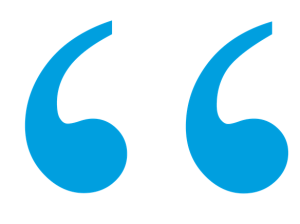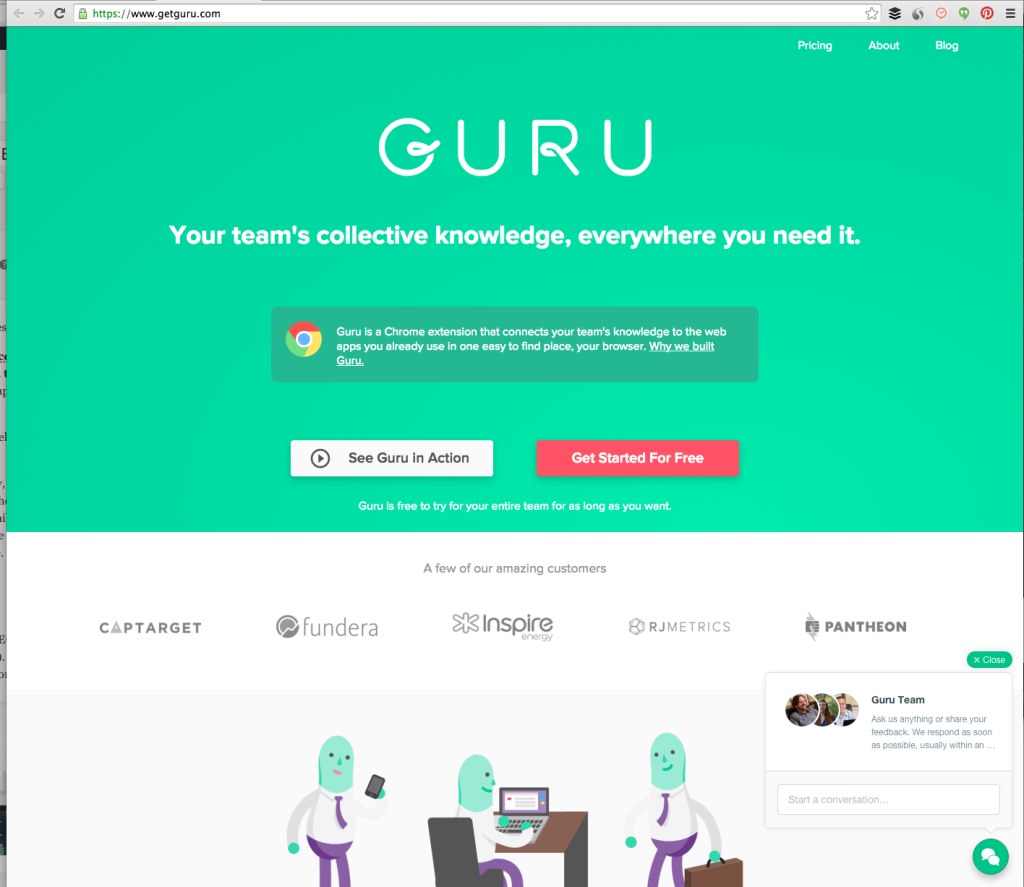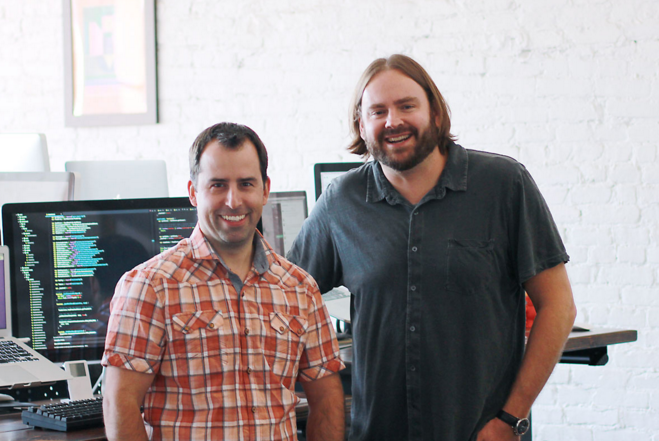We’re back after an extended break with our Second Timer series on great SaaS CEOs doing their second SaaS start-up.
I’m super pleased Second-Time SaaS Founder Rick Nucci of Boomi (acquired by Dell in 2010) and now Guru (https://www.getguru.com/) is sharing his second timer learnings with us here. Rick was way early to what we now all know as “connected clouds”, linking disparate apps and data sources together at Boomi before anyone was doing this routinely, or even knew how to spell API.
Rick was one of those founders you meet that you are immediately drawn to. Smarter, more driven, more committed AND nicer than you are. What more could you want? 🙂
And perhaps my favorite story of commitment is back in the day, it seemed like as a SaaS founder I saw Rick everywhere. It was only a few years later I learned he was based in Philly, not the Bay Area. I never knew. He told me later that was the commitment he made. He was going to keep the company in Philly, but not let the business suffer in any way because of it. Part of that was never letting the customers in “tech” feel like he wasn’t just down the block in SOMA or The Mission. Somehow, he pulled this off. I couldn’t have. Wicked awesome.
……..
 Ok so now that a few other SaaS CEO’s have written their posts, the pressure is on for me to not just write the same stuff they did :). So here, in no particular order, are some of the things I either got wrong in the past and won’t do again, or hope to double down on this time around.
Ok so now that a few other SaaS CEO’s have written their posts, the pressure is on for me to not just write the same stuff they did :). So here, in no particular order, are some of the things I either got wrong in the past and won’t do again, or hope to double down on this time around.
We waited almost 2 years to launch
We waited much longer to launch Guru than we did Boomi. This doesn’t mean we weren’t selling Guru pre-launch. We absolutely were. We started customer development in January of 2014 after we were only a few months old…showing just powerpoints and mockups. We started charging customers for the product about 10 months later as soon as we had something real and stable.
I am glad we waited. People would find out we were a year in with no launch and say “ohhh you are in stealth mode. I get it.” But it really wasn’t a buzz generator at all….honestly it was just figuring out our product and messaging. The risk of launching too early is you don’t yet know what features are truly compelling about your product, so you talk about the wrong things at launch. Or, you don’t know how to make your customer successful yet, and you blow your deployments as volume picks up. We made lots of product changes in the early days of Guru and were fortunate that we could make those changes before having announced anything about our company.
51% Culture, 49% Fit for Role
I have fallen into the trap of hiring someone based on prior work experience. I saw their resume and where they worked and got excited, and overlooked other things that came back to bite me. What I found was that a super talented asshole still had a net negative effect on the company. No one wanted to deal with them. On the surface they had great ideas or may have been solid executors, but if they were a jerk, no one wanted to listen to them or learn from them. When you have a meeting to solve a problem and need to include that person in the meeting, the dynamic immediately changes. Everyone is on edge and defensive. It became demotivating to the team. I saw people cry. I saw people quit. It’s just not worth it.
So now we actually put more emphasis on the culture fit than we do experience. “Culture fit” sounds vague, sorry – I just mean are you compatible with the way the team collaborates together, solves problems and executes. For example, people who take themselves too seriously tend to not be a fit.
I am lucky here because 5 of the early team members at Guru are people I have worked with for over 7 years now. I’ve been working with Mitch (my co-founder) since 2002. So we can create the right core and build from there. This gets really hard when you start to grow fast. But try to hold on to it for as long as you can. If you feel like you can’t hold on it, and you find yourself just filling roles, maybe you are growing too fast? It is possible. I am not saying you need to be friends with every hire, that’s actually bad too. Just don’t be afraid to cut your losses early if you think you made a mistake in the hiring process. Prolonging the inevitable will just frustrate the team, and you will wish you had those months back. Address the situation quickly and your team will see that your company doesn’t tolerate behavior like that, and team loyalty and motivation will actually increase.
Moving from SMB to Large Enterprise is a Total Company Change
For most of Boomi’s life I was responsible for Product and Engineering. When I took over running the business side of Boomi, a lot of my time was spent working with the team to focus us on the Large Enterprise segment of the market. I learned a ton about just how impactful this type of change is to a company. Every team had to change substantially, which I underestimated.
It started with the product; enterprise level features around performance, security and role management. Third party penetration testing, security audits and certifications became mandatory.
Then sales; different type of rep, different type of sales engineer, different sales cycle. 80% of our large enterprise targets either ran SAP or Oracle ERP’s, and we needed to bring in expertise to establish credibility with the customer. Deals were much larger and took longer to close, so in the beginning forecasting quarters became very hard because 1 or 2 deals made or wrecked our quarter. We had very close communication with our stakeholders (like your board, or once you are acquired, your boss 🙂 ) and our sales team to set expectations. Once the volume of big deals increased this smoothed out.
Then our BD team; the big System Integrators play a strategic role in most of the largest companies in the world. We needed to partner with them and help them create best practices around our product. They influence many product decisions that get made at a company and we found this was an effective way to get embedded into a proposed architecture they were developing.
Then support and services; expectations of our support levels and services capabilities became much higher and more hands-on; this varies based on how mission critical your product is. Integration products rank high because if they go down, it can impact things like collecting revenue, paying your employees, shipping products on time, etc. So our customers would ask for very high levels of support and long term services engagements. We had to change our model substantially to accommodate these requests, including partnering with those big SI’s to help with implementations.
We created a Strategic Accounts team as well. This is Customer Success but squarely focused on our largest and most complex clients. They were responsible for the success of the customer and had touch points across our whole org to make sure everything was coordinated.
On the marketing side, a lot of our energy was on the Analyst front. Large enterprises continue to leverage analyst relationships with firms like Gartner and Forrester to help them understand vendor landscapes and how they should evaluate products in the space. We spent a lot of time preparing for and briefing analysts, ultimately ending up in the best possible placement in Gartner’s magic quadrant for iPaaS. This proved to be a tremendous lead source for Boomi.
Customer face time never stops being critical
If I were to reflect back on the most valuable, most difficult, most stressful, most rewarding times I have had during Boomi and now at Guru, it’s always in front of customers. There is no layer between you and the customer – you hear directly what they like and don’t like, you get feedback on your pricing, your messaging, your demo, etc.
In the early days your time in front of customers is selling. You are the Sales Development Representative (SDR), the Sales Engineer (SE) and the Account Executive (AE), oh and maybe the Customer Success Manager (CSM) too. You learn, first hand, what features are truly compelling to your customers, and how to talk about it in a way that resonates with them.
Later as you build your sales team, your interactions may happen post sale. Now it’s visiting the customer, in person when you can, to meet them, understand how they use your product, hear what they want it to do that it can’t today. It doesn’t matter if they pay you $50 or $500,000, It’s not about the explicit revenue here. It is about seeing how your customers actually use your product. How they talk about it. What things they care about most. If you truly care and respond to their feedback, you can make the relationship strategic and partner on future feature testing, press opportunities, etc.
At Boomi, for our strategic, most critical partners, I never stopped being the SE. Especially when it got to the CTO or VP of Product level at the company, which for OEM deals it always did. I think it paid off because I was constantly hearing what the biggest SaaS companies in the world needed our product to do, and I heard it straight from them. The right product and an awesome BD team resulted in Boomi getting embedded into lots of large SaaS providers, generating half of Boomi’s subscription revenue.
Customer Success starts from the beginning
As I mentioned in the launch point above, a lot of our time pre-launch was spent on figuring out how to make a customer successful. In the beginning we purposefully avoided thinking about process or scale, and just made sure the customer was successful at whatever the cost. As we worked with our customers and collected feedback that things were going great, we went back to our metrics to see what “great” means from a usage standpoint.
As we gained confidence that our engagements with our customers were working, we started reflecting on all the things we do for a customer to answer some key questions. How many times per day/week/month does a team member need to use Guru for it to be considered valuable? Does a typical customer engagement fit with our price points (i.e. are we charging enough to be sustainable)? What are the key actions and milestones for a customer to be successful? Do they look to us to share best practices or do they just want functional training? What is the best way to rollout Guru to a team? What is the best way post rollout to ensure Guru becomes a habit for the team?
These answers became the core of our customer success program that we now plan to build on.
You can build a great company anywhere
Boomi was started in 2000 and remains in Philadelphia to this day. Guru was started in Philadelphia as well. Starting around 2007, I began traveling to the Bay Area and decided that being present there was critical to our success, and I believe the same today with Guru. I have much respect for the mentors, customers, partners and friends I have been able to make there and feel strongly that if you are starting a tech company, you need to be there to see first hand the excitement and energy. Seeing Marc Benioff keynote at Dreamforce in 2007 and seeing how they positioned SaaS, multi-tenancy, and the new wave of business apps at a time when cloud was still being dismissed as a “fad” was very inspirational. There have been countless other examples since.
But then after those visits I come back to Philadelphia. You can build a great company anywhere now. Guru is a B2B company, and I am within 2 hours of tens of thousands of potential customers. Philadelphia itself is a great city that people want to live in because living/food/fun are all excellent here. We have top tier universities and each year more students graduate and stay in Philadelphia. We have several great local sources of funding, and raising capital from non-local investors is happening much more now than when we were fundraising for Boomi in 2008, at least in Phila. RJMetrics, Curalate, Monetate, DuckDuckGo, Guru, Zoomer and many more all raised from investors in the Bay Area, New York, etc.
But what about talent? “Can you really build a company in [insert your city name here]?” If you are the founder of a company not in the Bay Area, you have more than likely heard this question. The answer is yes. While finding talent is hard here in Phila, it’s also hard in the Bay Area, New York, Boston, etc. You absolutely can find the right people to grow your company, and they will be incredibly talented. I first realized this was a true statement when we started seeing traction with Boomi, and started competing heavily with other cloud integration providers. I saw first hand our team compete in all areas, how we sell, support, deliver, and the product itself. We started winning again and again, despite having way less capital than our competitors, and I knew it was the team that was making that happen.
Treating your freemium signups as unqualified leads
Guru has a freemium model and within minutes anyone can be signed up and trying out Guru. When we first opened this up we saw lots of sign ups come in and got very excited. It is exciting don’t get me wrong, but as we progressed we learned that there are many reasons someone could be signing up for a free product:
- Just cause it looked interesting, i.e. “kick the tires”
- Because your product is on their to do list at some point.
- Because they like to play with shiny new objects
- Because they compete with you and want to spy
- They like your UX and want to see how you design things (we get lots of UX signups)
- Because they thought it was something else
- Because they are actually feeling the pain you solve, and it just so happens they want to solve it now.
Only the last bullet buys your stuff now. The middle bullets never buy your stuff. The first 2 bullets are the interesting ones. They won’t buy your product now, but if they (1) have a good experience with your product, and (2) see how it could work for them, then you have a lead. It’s not sales ready, but if you nurture that lead like you would any other lead, it could be down the road. Almost like a “re-activation”, where someone signed up, had a good experience, went dormant, and then through ongoing nurture campaigns, came back in later and converted.
Lots of people debate freemium models, but once we saw this in action, it just made sense for us.
Finally, I thought I would close with a quick shout out to SaaStr and Jason. As others have said, I strongly recommend making this site part of your regular reading. It has helped me so much with Guru, I truly view it as a guide post as we grow Guru. And one of the things you will read on this site is that B2B SaaS takes time. It is a hard problem to solve and it is a compounding business that takes time to grow. I have tried to instill a sort of duality into the way we build and manage the team. On one hand we have immediate goals for product and revenue, on the other we are building a business that is long term and enduring. We are building a business, not a project. Our product strategy looks ahead to where we think the space will be in 5 years. We know our company will have to deal with a market correction or two. Customers want to bet on products that are here for the long term, and if you run your company this way, your long term commitment will come across in your messaging, product strategy, and customer engagement.
….
More Second-Timers:
- Mark Organ, CEO of Eloqua + Influitive here
- Kris Duggan, CEO of Betterworks + Badgeville here
- Nick Mehta, CEO of Gainsight + LiveOffice here




